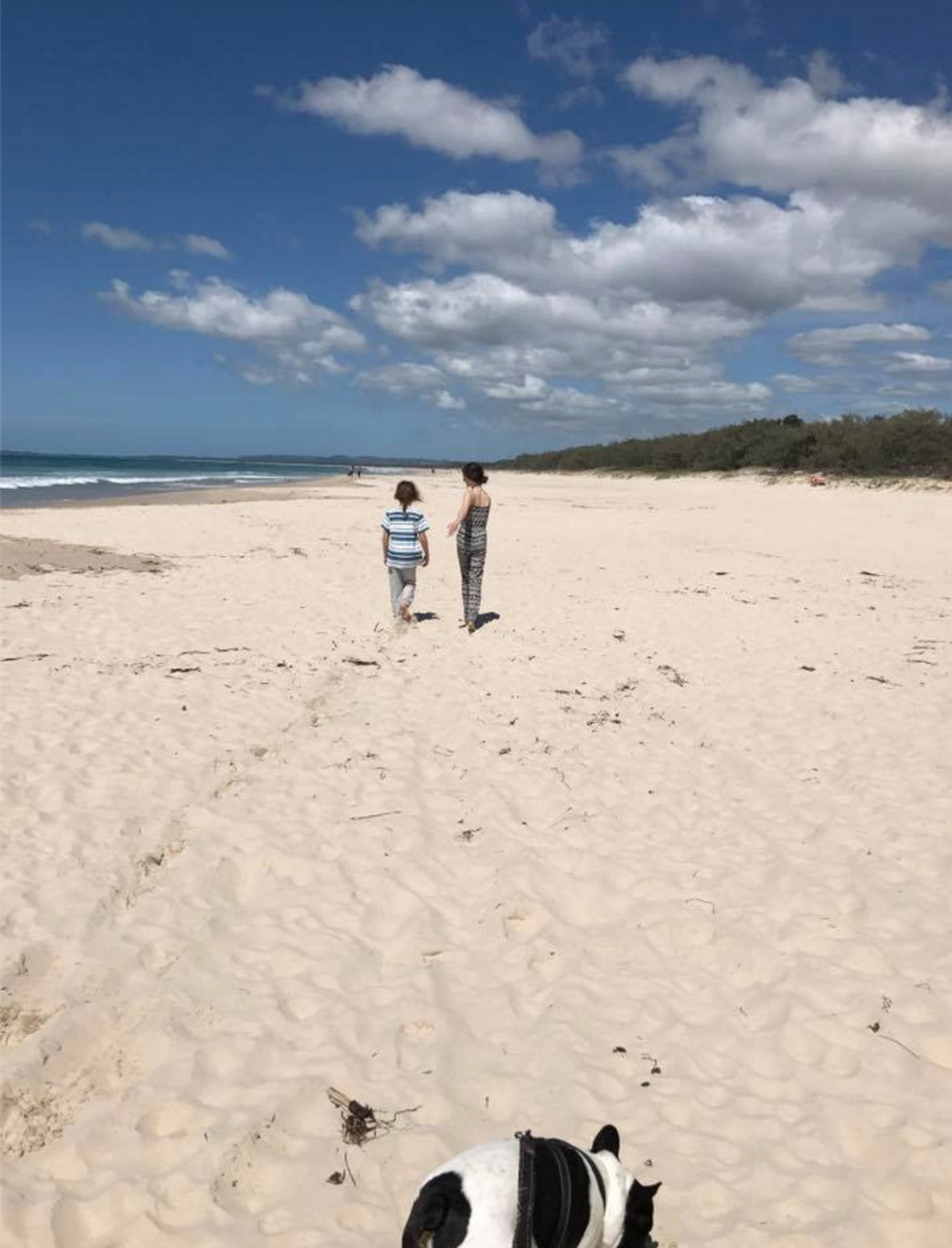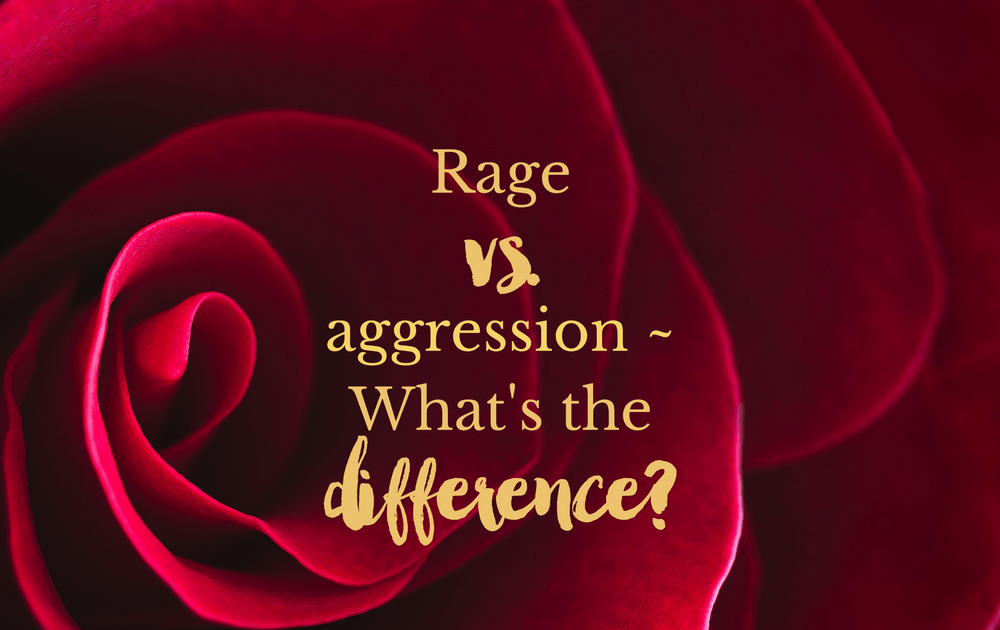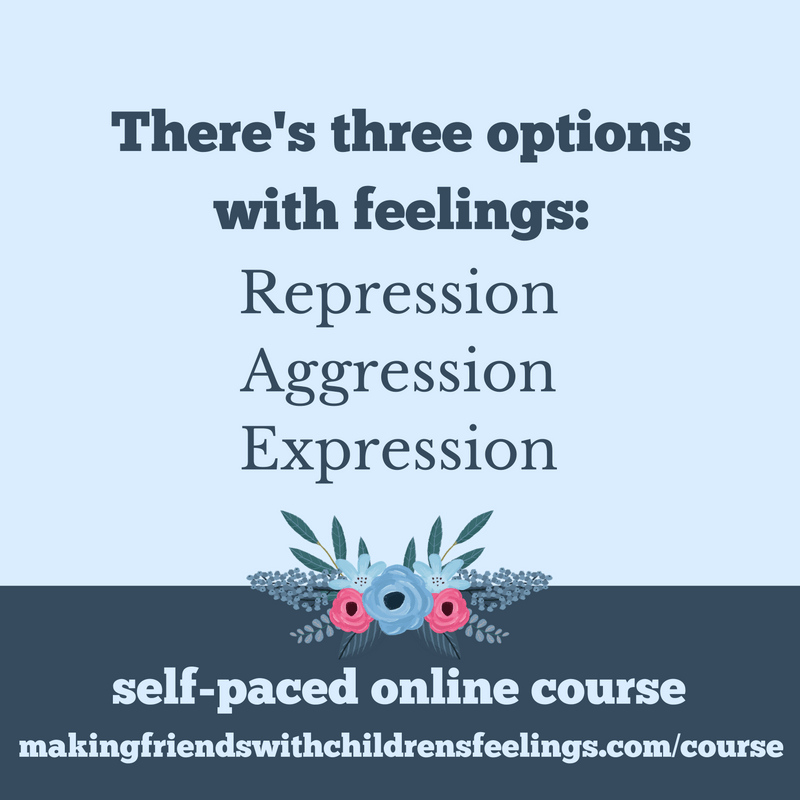Hello again!
Today my kids and I went for a lovely walk on the beach.

When we got home, we started setting up two new games we got – one is tennis on a stick and the other is football on a stick.
My daughter was doing the lion’s share, and my son was watching whilst I was clearing leaves out of the pool.
Then I helped her. She’d done the tennis one and we started on the football one.
My son started playing with the tennis one and accidentally hit her.
She was upset, and held on to the ball, and said that she wouldn’t let him have it until we had finished putting up the football one.
That put us all in a bit of a stalemate.
He was frustrated and wanted to play, and started to try to hit her.
She was upset and kept holding on to the ball.
I was talking to them both and aiming to find a solution, whilst also stopping him from hitting her!
So, him trying (and actually managing at one point) to hit her was a form of aggression, which you could also call acting out.
He was trying to do something to her to hurt her and was blaming her for his feelings.
Aggression/acting out/anger often don’t go well. They often lead to disconnection and escalation.
And at this point, there was a part of me that really wanted to go into aggression/acting out/anger too – I could envisage myself stomping up and throwing the tennis set into the pool!
But phew, I managed to remind myself that they were both upset, rather than doing this deliberately to ‘ruin’ our fun day! And I managed to stay (mostly) empathic throughout!
At some point in the maelstrom, his frustration and rage all came out in a huge “raaaaargh, JUST GIVE ME THE BALL.” He raged and raged and raged. It was LOUD and CLEAR. It was a release.
The big difference was that rage was not about trying to hurt her or blame her.
He was simply expressing his frustration and powerlessness at being stopped from doing what he really wanted to do.
And the intensity of it told me that it wasn’t just about today. It was probably the accumulation of many times where she used her age and power to stop him doing what he wanted.
I’ve been thinking a lot about rage recently, and how it is often an expression of “NO” – of wanting to stop someone from doing something that feels hurtful.
And rage is particularly apt, for example if babies and children have experienced times of things being done to them that they didn’t have choice about – even if it was to help them, like surgery, and also things that have impacted on them that they didn’t choose – like divorce, having a new sibling, and going to school if they didn’t want to.
What happened after he expressed the rage so beautifully? Well, he burst into tears. And then had a big cry.
And that’s often what happens with rage. After the expression of rage comes the tears.
I went to be with him, and then I went to be with my daughter whilst she cried.
And all of the rest of the day, they were playing and connecting with each other. There was a lot of laughter.
They were both a lot more relaxed and connected.
And we even all had fun dissecting what had happened and what I could have done differently.

Have you ever let yourself rage in healthy, healing ways, without blame or anger or aggression or acting out?
If so, how did you feel afterwards?
And what about your child? Have they ever raged and afterwards you saw how relieved and relaxed they felt afterwards?
How do you differentiate rage/tantrums from aggression/acting out/anger?

Making my Making Friends with Children’s Feelings course gave me this focus!
And I’m sure it’s because of all this focus on crying and raging, that freed up my kids to have big releases today.
If you want to support your child/ren in releasing through crying and raging so that there’s less aggression (and repression), and you’re newer to this approach, come and check it out HERE or by clicking the image below.
And I wonder what other experiences I will have whilst I’m launching it!
Much love,

